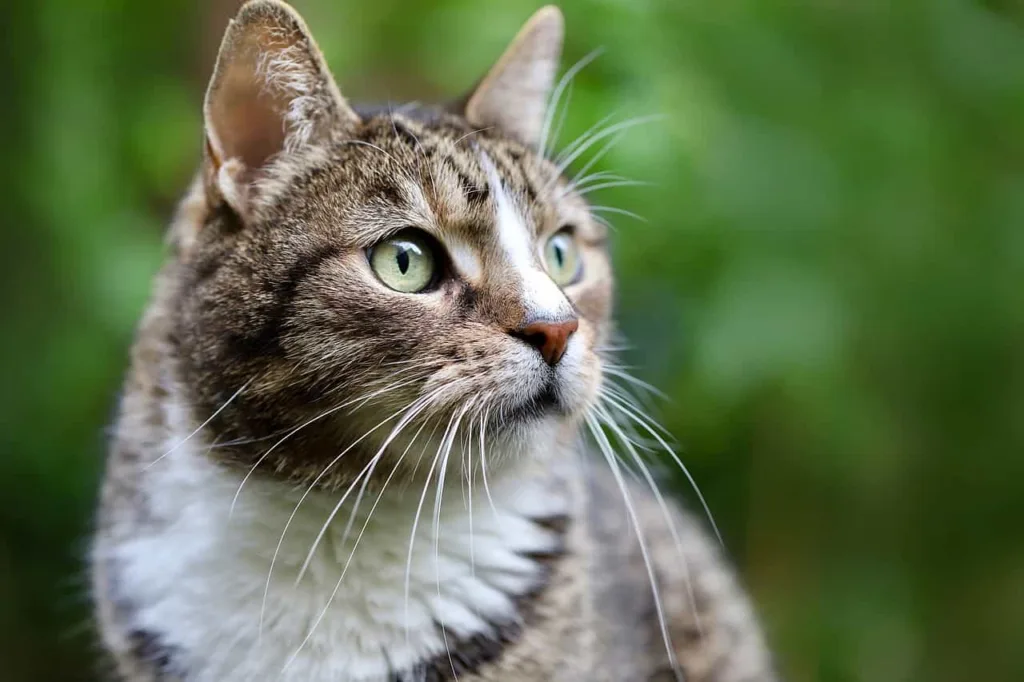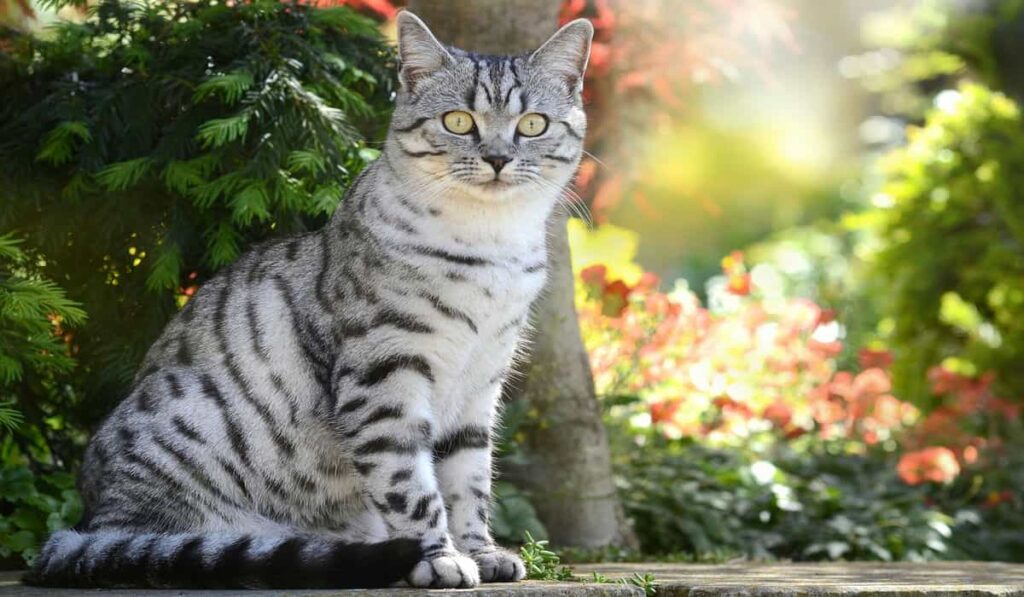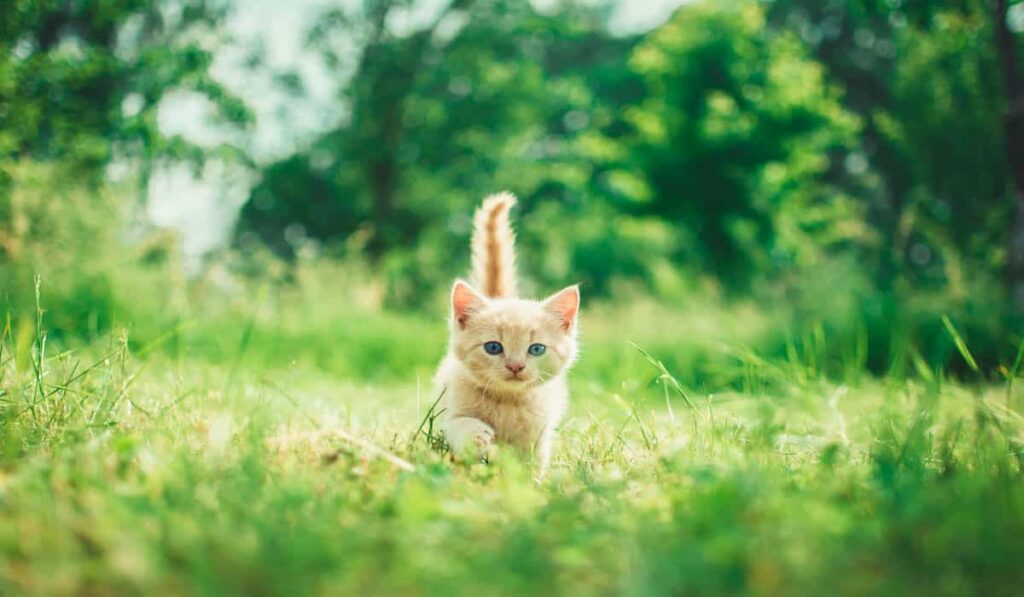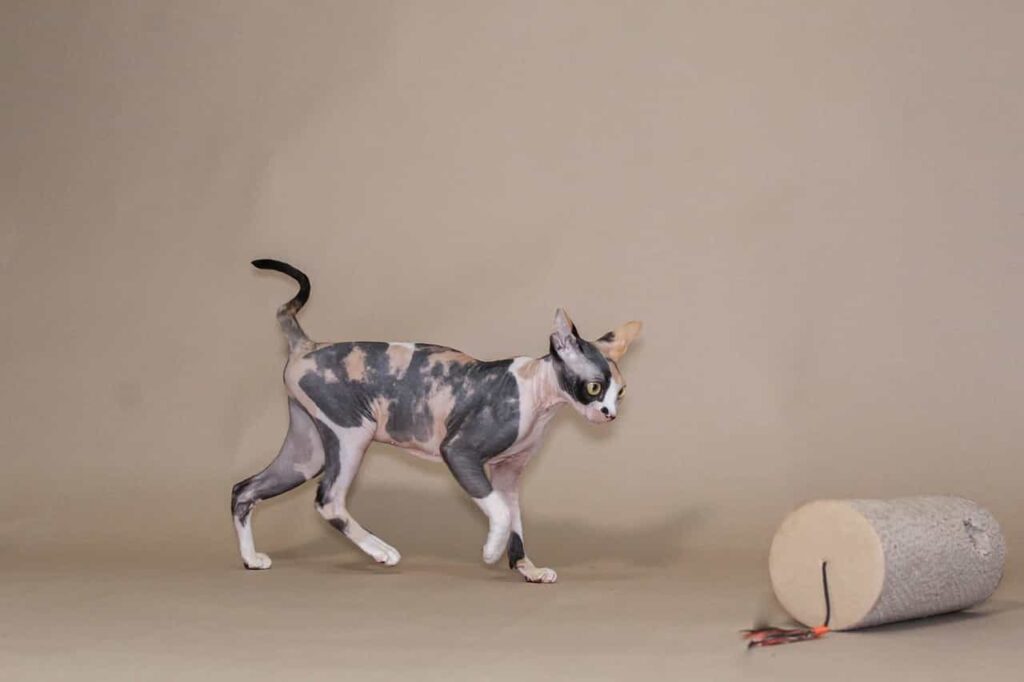European Shorthair cat: breed information and characteristics
The European Shorthair is a natural breed. That means they didn’t need human intervention. Some people think they originated in the Scandinavian region, and some think they’re from Sweden.
Their lineage can be traced back to Roman Barn cats, who were the friends of the conqueror Roman Soldiers.
The Barn cats traveled the whole world in Roman ships. So, they came to Europe and spread their descendants here too.
Whatever their history isn’t very critical. They’ve made their way from Europe- it is sure, and they’re just the European domestic cats and, later, crossbred with Persian cats. However, they don’t have any shaggy traits like the Persian cats.
They were the most popular house pets and pest controllers from the ancient Roman period. At that time, houses were not so secure, so rats annoyed the householders. So, they must keep cats to eat the rats.
Table of Contents

Breed specialty of European Shorthair:
Other names:
Celtic Shorthair, Roman Cat, Farm cat, Bondkatt in Swedish terms.
Personality:
Sociable, affectionate, shy, friendly, intelligent, active, medium playful, and Friendly with family, children, senior people, and other pets.
Coat pattern and colors:
Patterns are tabby, bi-color, shaded, and so many colors they have. More than 50 colors.
Coat length:
Short
Length:
9 to 11 inches
Weight:
12 to 15 Pounds
Size-
medium
Eye colors:
Blue, Green, and Amber-shaded
Vocalize:
When needed
Grooming needs:
Low
Allergenic tendency:
High
Life span:
15 to 20 years ( outdoor cats 14 years and indoor up to 20 years).
Origin:
Italy or the Scandinavian region ( Finland, Sweden, Norway, Denmark).

Origin of the European Shorthair cat breed:
Europian Shorthairs have been popular since the Roman empire time. They were recruited as pest controllers all over Europe.
So, they made their way to the rest of the world with the Romans and later crossbred with other cats once the Scandinavian breeders considered British Shorthair and European Shorthair cats the same breed though they looked different.
Felinological Association presented the 2 breeds as the same breed in the Cat shows until 1982. Later The Federation International Feline(FIFE) recognized the Scandinavian or European Shorthair as a separate breed, and it technically originated in Sweden in the 20th century. It is an iconic cat breed of the Scandinavian region.
The breed was recognized as the Celtic Shorthair breed till 1982.
But there are so many differences between the 2 breeds. So, the cat associations noted the differences, and the breed got recognition as a separate in 1982.

The appearance of European Shorthairs:
A medium-sized cat breed with a firm build structure. They have a round head and body with Tummy fat. The eyes are bright and vibrant and always alert with the colors of Blue, Green, and amber.
The eye colors also can be odd. That means 2 colors in 2 eyes. The nose is shorter.
Their short, thick, and dense coat has 3 patterns- tabby, bi-color, and shaded. The coat is silky and shiny, and the health-conscious breed makes an effort to keep itself clean.
European Shorthairs are often compared with British and American Shorthairs, but it has stockier and more muscular body building than the other two breeds.
Legs and tails are medium and proportionate to the body. The tail has a tapper. Ears are medium-sized and pointed, broad from the base.

Temperament and nature of European Shorthair:
The European cat breeds are not pedigreed; they’re naturally born. So, their temperaments and nature are also different as there are no hard and fast rules about their nature. European Shorthairs are the hunters.
Hunting is in their blood. So, they may attack small birds and even other furry friends you belong to. They’re territorial and very affectionate to their owners. So, be careful when you bring a new pet to your house.
Gradually meet him at your European Shorthair because it may not tolerate sharing its domain with other pets. Teach your children to respect them.
Usually, European Shorthairs are very friendly with children, but they don’t like to be kept for a long time or at all.
They’re friendly with other pets and share the house peacefully, but it depends on both animals’ behavior. They’re active, playful, intelligent, social, and quick learners. A mixture of activeness and laziness. They love to play; on the other hand, they also love to nap on the Sunny windowsill but don’t like to cuddle.
European shorthairs will play during their time, not when you want to play with them. They can be different despite being within the same litter.
So, get ready to take on new challenges your European guy throws you. Very much suitable for first-time owners and busy and big family life.
The European Shorthair kittens matched with their new territory and quickly got used to the litterbox and other activities for an independent life. A very good family cat loves a loving and also big family.

Caring, grooming, and training for European Shorthair:
You don’t need to take any extra care of your European Shorthair. They give extra effort for their grooming. As your pet is shorthaired, just a one-time coat brush in a week is enough. Brush their teeth twice weekly, keep their eyes and ears clean, and trim their nails every 15 days.
As they’re very active and playful, you must provide them with enough toys and tall act trees.
Thus they can both play and work out to keep healthy and fit. Enough exercise is very important to avoid a round belly. Just spare one or two playing sessions every day.
You don’t need to devote half the day to caring for them. They like to go outside. So, leave them under supervision outside for their mental satisfaction.
They’re quick learners. So, teaching some tricks isn’t an issue for you.
Living needs of European Shorthairs:
Well, European Shorthairs are hunters by birth because their ancestors were hunters.
So, they love to go outside and hunt rodents, small mice, and birds. So, don’t be surprised if you get dead animals in your house.
Besides, European Shorthairs are a shy and nervous-typed breed. They can’t cope with strangers suddenly.
So, keep a separate place for the Cat to hide and feel secure. A busy house where strangers frequently come is not suitable for these cats.
So, adopt a Short European hair if you live in a quiet place and let them out to hunt.

Health and problems of European Shorthair:
European Shorthairs start their sexuality much earlier than other breeds. They can start it at the age of 19 months. So, take care of your one to avoid unwanted litter, Aggression, territoriality, misbehavior, and escaping from home.
Besides, European Shorthairs suffer from some health problems and diseases:
Hairballs, Otitis, Allergy, Bronchopneumonia, Conjunctivitis, Cataracts, Grip, Gastrointestinal problems, Hairball, etc. So, a regular visit after every 6 months to your veterinarian is a must.

Food and nutrition that a European Shorthair needs:
European Shorthairs have a big appetite as they belong to hunter ancestors. They can eat whatever they get and never turn their nose to any dish as they have stockier bodies, so you must be careful about feeding them.
Provide them with enough protein and nutrition but maintain the measurement according to their age and activity.
They need 4-5 times feeding in childhood, 3 times in adulthood, and old age. Don’t let them get obese. It’s a big problem.
Commercial can foods with a mixture of dry and wet food are enough for your European hunter. You can consult your vet about the feeding schedule of your Cat. Providing a high-quality diet is the best care for them.
Some facts about European Shorthair:
- Their ancestors were Roman Barn cats and made their way to the rest of the world with the Roman conquerors.
- European Shorthairs were formerly known as Celtic Shorthair cats.
- One of the oldest native cats but got recognition by the FIFE in 1982 as the youngest cat breed.
- They are an excellent governess or nannies.
- They also have fishing abilities.
- The name European Shorthair is sometimes used for a particular breed and sometimes as a group of cats.
- Finland recognized the Cat as their national Cat.
- Never buy a European Shorthair if you live outside Europe because they’re unavailable there. So, ask for help from shelters and Rescue groups as they have a stock of all kinds of cats.
- European Shorthairs are the tougher and stockier version of American Shorthairs.
Europen Shorthair Breed overview:
European Shorthair cats are the best choice if you love a continental European and ancient Roman flavor in a cat. Their ancestors were hunters and traveled in Roman ships to reach Sweden. After that, they met Persian cats and became house cats. The cat associations didn’t decide to preserve and recognize the housecats before 1982.
The Cat was recognized as a European Shorthair breed in 1982.
Nowadays, they are a very popular breed. Their short and dense coats aren’t tangled easily, and their caring and grooming are very easy.
They come in more than 50 colors, and eye colors are Blue, Green, and Amber-shaded.
The hunters are also big eaters- never pull their noses from any food. Their coat length is Short, 9 to 11 inches, and their weight is 12 to 15 Pounds.




